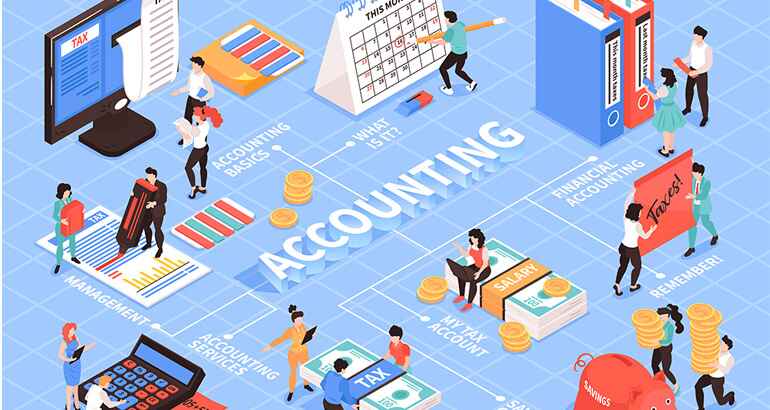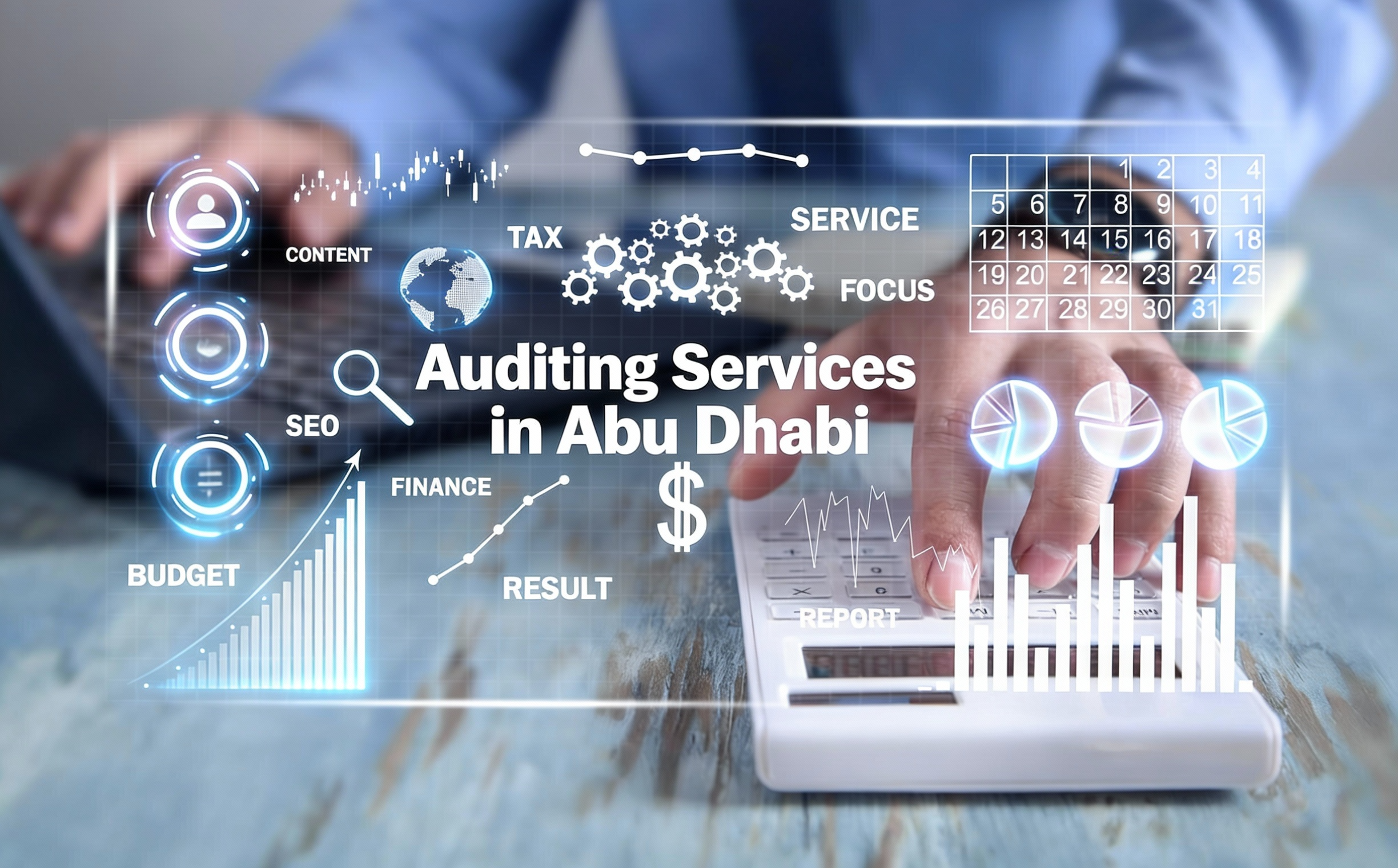Every accountant is aware that accounting is a language of business!!
Accounting is the art of documenting, classifying, and summarizing money, transactions, and events.
Owing to the rapid changes in the field of information technology, guided by competition and efficiency, the market climate has now become highly competitive. New technologies are designed to cover a wide variety of economic demands, such as big data, data mining, mobile technology and cloud computing services, all of which are designed to provide flexibility, economies of scale, mobility and more accuracy.
If you want to learn ways in which accountant software innovations have changed the accounting profession, read on and find out if the industry is as you thought it would be in today’s day and age.
Improvements In Accounting Industry
1. Cloud Computing Platforms
A cloud platform model can be defined based on the expectancies of the users, and in practice, these can be classified by two criteria.
Delivery Model of The Service
According to the delivery model, there are three models namely
a)IaaS
Iaas ( Infrastructure as a Service), where the users have control over the entire cloud platform and in practice, the IaaS is used by system administrators and represents the base of the whole platform. Due to this, any existing vulnerability in Iaas will influence the other models.
b)PaaS
PaaS (Platform as a Service) gives the users the right to manage the applications, but not the platform, is often used by the developers.
c)Saas
Saas (Software as a Service) being the most used type of model – everything that is available online is included in this category (Yahoo Mail, Gmail, etc.). The SaaS users have restricted privileges that allow them only to use the applications without having the right to modify them – the accounting applications are available in this last model.
Implementation Method
Another classification of cloud platforms is based on the method of implementations, which incorporates four models
1. Public – is available for all internet users.
2. Private – is used by particular categories of users, presenting an increased level of data security compared with the public model.
3. Community – is quite similar to the private model regarding information security and governance, offering at the same time the flexibility of the public model.
4. Hybrid –represents a combination of two models (private, public or community), being considered the most complex model.
Threats of using Cloud computing
In the case of cloud computing technologies, the security of data differs according to the way of usage. When the platforms are used strictly to store data, the risk associated with data exposure is equal to the risk generated by transmitting the information online. However, taking into consideration the need to process and manage data, the usage of cloud platforms just for storing purposes does not bring significant benefits besides 24/7 access. On the other hand, in the case in which the platforms are used to manipulate data, the information has to be decrypted and this way an additional level of protection is needed to ensure data confidentiality and integrity.
Selecting a cloud provider is a decision that needs to be based on a detailed analysis of the safety offered, such as the type of data encryption, mainly on the type of algorithm used, logical separation, the existence of a disaster recovery plan, the systems level of performance and the availability of information.Analyzing the taxonomy of cloud platforms presented above, we can notice that the financial and accounting applications are in the SaaS model, where the users cannot configure the application. Due to this, the users are not allowed to control the security measures implemented by the cloud provider, unless they will want to use all three models. In this case, the economies of scale benefits are not achievable anymore, this solution being equivalent to an in-house extended network that allows access to internal and external users of the company.
When migrating to a cloud platform is mandatory to know and understand the basic principles of the developing model of the platform, and accordingly, to the implementation method, the optimal solution for the accounting field is represented by the private model due to security reasons.
2. Mobile Technologies
The mobile technologies also generate a higher risk of data exposure, due to improper access management, ineffective controls and the lack of security. Concepts like Bring Your Own Device (BYOD) allowed employees to use their personal mobile technologies in performing their activity and this has proven to be a way of increasing the productivity of employees and providing more flexibility at the same time.
However, this new concept increases the risk of data exposure and theft, the real challenge being the physical security and access control to sensitive corporate data, along with the lack of sufficient controls and policies that will prevent security incidents.
As an overall idea regarding mobile technologies, the practitioners that use mobile devices for business purposes must guard the security of the information by using passwords with an increased level of complexity and understanding the primary methods of broken credentials (e.g. phishing) along with applying methods to prevent security incidents.
Taking into consideration the fact that the accountants in the accounting field are responsible for the protection of the sensitive data used, it is mandatory for them to develop skills to safeguard the information. Competencies such as efficient use of access rights, ensuring data confidentiality and integrity when transmitted outside the company, developing suitable controls to monitor and prevent possible leakages and respecting the security framework of the organizations are meant to prevent security incidents. Continuous management of the security systems must be in place as the cyberattacks are growing at the same rate as the newest information technologies.
3. Big Data
The five characteristics that stand at the base of the Big Data concept are: volume, velocity, variety, variability and complexity and each one of these characteristics generates risks regarding data security.
1. Volume – two main issues can be identified: often the cyber-attacks target big amounts of data, due to the diversity and possible benefits, while the second threat is generated by the storage in the cloud of a significant volume of data, a scenario that can create uncertainty regarding the security and confidentiality.
2. Velocity – the issue of time-sensitive data emerges due to the higher level of associated risks.
3. Variety – is referring to the taxonomy of data stored, including here structured, semi-structured and unstructured data that can be linked to confidentiality issues due to the wide range of differences.
4. Variability – can influence the security especially when peaks of activity are recorded, the best solution being the migration to cloud to handle the increased volume of data, the fact that can generate the issues regarding the security of the data in the cloud.
5. Complexity – it enhances the problem of security because the data is collected from multiple sources that might require different types of protection.
The leading solutions to prevent security incidents are access management, implementing preventive controls, monitoring data access and choosing an optimal infrastructure. Moreover, in the case of using Big Data, data analytics and cloud technologies, a solution to avoid data leakage or exposure is to use the appropriate encryption type. Accountants should make sure that they are using and transmitting sensitive data through secured channels, without affecting the confidentiality of the information.
4.Innovations In Tax Software
Today’s tax software has helped increase accuracy while reducing margins of error-something businesses continue to accept in order to reduce tax penalties and reduce stakeholder issues. Effective tax software also makes audits more efficient and accurate. The traditional paper ledgers and accounting records are redressed by accounting software. Such software systems can come with a range of customized features or a standardized application that can be adapted to current business operations.
Organizations typically choose accounting systems based on the scale of their budgets, and the number of users accessing the system. Large enterprises can select system-wide software packages, such as an enterprise resource planning system.
Information technology (IT) has given major benefits to the accounting departments. IT networks and computer systems have shortened the accountant’s lead-time in preparing and presenting financial information to management and stakeholders.
5. Social Media
Social media has become a vital tool for firms wanting to engage with their current and potential clients while expanding their brand reach. Social media is a tool that will continue to grow and provide accountants with a valuable sales platform that can instantly connect companies to current potential clients. Most understand the importance of implementing traditional marketing into their overall firm’s development plans, but many companies may not realize the power of integrating digital marketing into their long-term marketing strategies. Social media should be a part of firms strategies and if done constantly, will help increase the effectiveness of the overall performance of the company.
6. Blockchain
Blockchain technology or distributed ledger technology (DLT), is capable of rendering the normal bookkeeping method obsolete. Blockchain allows a vast global database network to record each transaction making the records practically tamper-proof. The effects of this are staggering. It’s also conceivable that blockchain could soon remove the need for quarterly audits of publicly traded firms.
7. Cryptocurrency
This digital currency has changed the financial industry with millions of coins present in the market today, including Bitcoin, Ethereum and Ripple, among others. This digital currency has taken so much root that it is now recognized as a payment form. Blockchain technology has allowed Cryptocurrency.
Accountants require IT Skills along with Other Business Skills
There is a long list of skills to be learned by a qualified accountant before they secure a role with a respectable company or organization. Besides being knowledgeable about accounting procedures and being a professional communicator, accountants do need to be able to integrate these processes and implement the processes learned with IT programs. Although there are some professionals with the new Enterprise Resource Planning Systems that are not highly trained, all professionals in the sector would need to be able to combine accounting and IT.
Advantages of New Technology
| Technology | Advantages |
| 1.Cloud Computing Platforms | Real-time Reporting |
| Permanent access to data | |
| Process improvement | |
| enhancing productivity | |
| cost reduction | |
| 2.Mobile Technologies | Permanent access to data |
| Crossing geographic boundaries | |
| Real-time reporting | |
| Fast process | |
| 3.Big Data analytics | Fraud and errors identification |
| Cost reduction | |
| Real-time reporting | |
| Improving the base for decisions | |
| Improved efficiency | |
| 4.Social Media | Increase public reach |
| Improves sales | |
| 5.Crypto currency | Easy transactions |
| Accountants and customers are on the same page |
Why JAXA
Accounting software systems are becoming more automated, and the role of the accountant is changed to a business advisor. Ignoring technology is dangerous to your bottom line. Therefore taking the help of experts from the industry reduces the risk of losses. Feel free to contact us!





